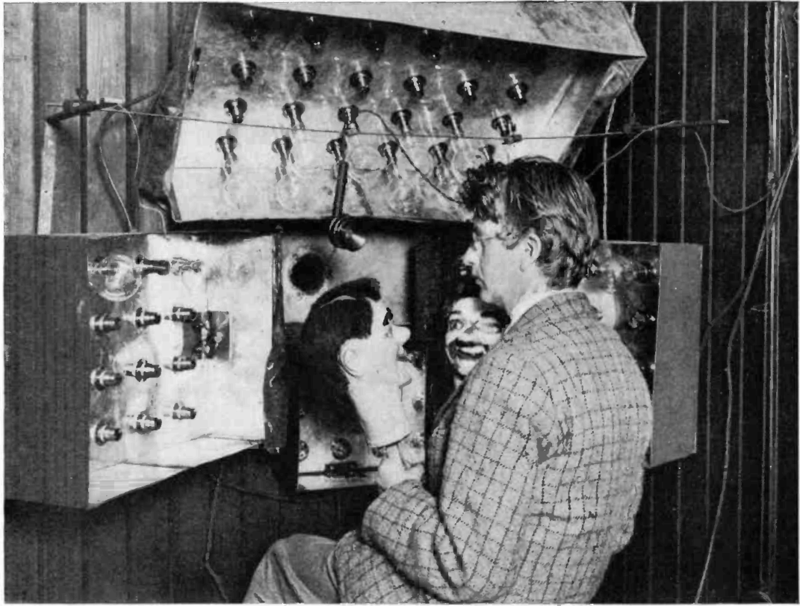What would the world be like without the following inventions?
We take these wonders for granted, yet without them civilization as we know it would have ground to a halt.
- The Radio
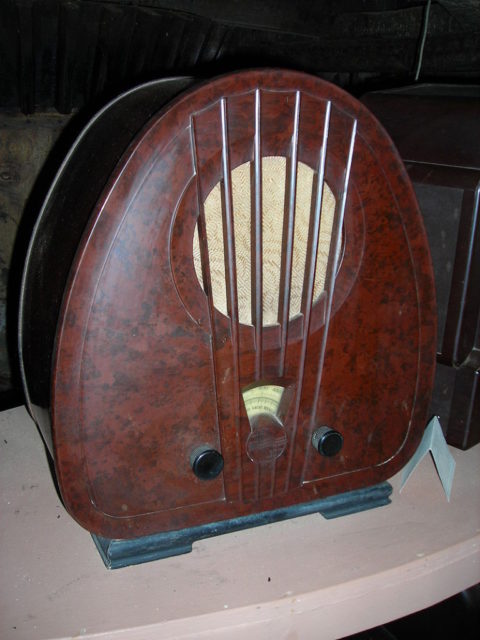
During the nineteenth century, scientists discovered that electromagnetic waves could move through the air.
They began to work on ways of transmitting sound.
Guglielmo Marconi worked on this idea and built a wireless telegraphy system.
He patented his invention in 1896.
Marconi’s telegraph transmitted waves of constant amplitude and frequency.
In the twentieth century, attempts were made to improve this mode of transmission for music and voice.
World War I provided an impetus, for radio became vital for military operations.
Vacuum tubes were applied to transmitters and receivers, and by the beginning of the 1920s commercial broadcasting was possible.
Radio soon became enormously popular and an important medium had been born.
Experiments began on transmitting audio images as well and the first primitive televisions were made.
The development of radio accelerated during World War II, through radar, radio navigation and communications. Work on television resumed after the war.
Despite the importance of television, today, radio remains a popular and powerful medium.
- Antibiotics
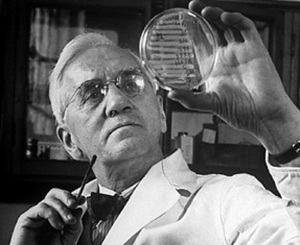
For centuries infection was treated with folk remedies.
Most of these were ineffective but some at least slowed the advance of infection.
The Ancient Egyptians and Greeks used certain plant and mold preparations to treat infections.
But it was only in 1928 that Alexander Fleming discovered the scientific explanation for the effectiveness of some of these treatments.
He observed that certain bacteria that caused infections were destroyed by the fungus Penicillum. This same fungus naturally occurs in mold and plant material.
He identified an antibacterial compound in the fungus, naming it Penicillin.
He tried to make a crude preparation for the treatment of infection, but it took the cooperation of trained chemists to produce commercially successful antibiotics.
- Television
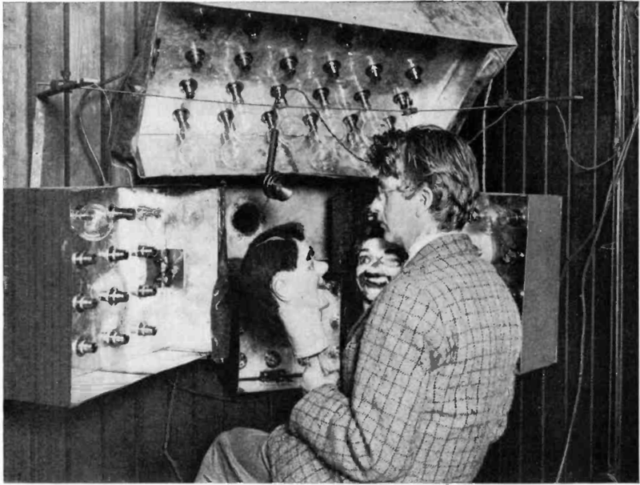
Television evolved from radio, transmitting images as well as sound through electromagnetic waves.
On March 25, 1925, John Logie Baird, a Scottish engineer, publically demonstrated television at Selfridge’s Department Store in London, using an image scanning device called the Nipkov disk.
Baird transmitted moving silhouettes. In his primitive transmissions, human faces displayed inadequate contrast for a clear picture. Instead, he used a ventriloquist dummy called Stooky Bill.
Its printed face provided the necessary contrast.
On January 26, 1926, Baird transmitted the image of a face successfully by radio waves.
Thus Oliver Hutchinson, Baird’s business partner, became the first person to be televised. Baird used the Nipkov disk not only for scanning images but for projecting light as well.
A neon lamp shone through the disk. A Selenium photoelectric tube converted light reflected from an object or person into electrical signals along an AM wavelength.
Baird’s disk was perforated with 30 holes, producing an image only just recognizable as a human face.
He could transmit this image some 705 kilometers along a length of telephone cable between Glasgow and London.
Baird established the Baird Television Development Company in 1928.
In that year it broadcast the first television signal between London and New York, and the first from land to sea. Baird introduced television to Germany in 1929, and afterwards to France.
In that year, he and Bernard Natan of the French media company Pathé began the first French television company, Télévision-Baird-Natan.
- The transistor
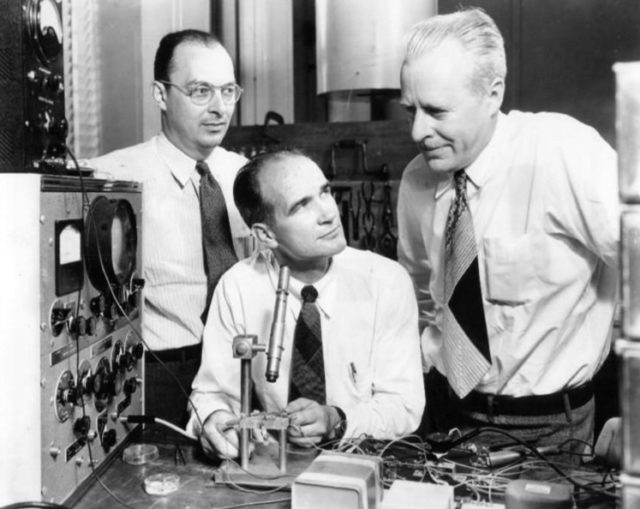
The transistor amplifies or switches electronic signals and electrical power.
Transistors are fundamental to modern electronics. John Bardeen and Walter Brattain, working in labs of the US communications company AT&T Bell, developed it in 1947.
They observed that a power output greater than the input could be created when two gold contacts were touched to a crystal of germanium.
The leader of the research team William Shockley immediately recognized the impact this could have on electronics.
One year later the same point-contact transistor was made independently by the German physicists Herbert Mataré and Heinrich Welker in Paris, based on work done by Mataré toward developing radar during World War II.
Shockley wanted to name the transistor after himself. However, patents unearthed demonstrated that a field effect transistor had in fact been developed by the physicist Julius Edgar Lilienfield in 1926.
AT & T lawyers advised against naming the device a ‘Shockley’.
Instead, the name ‘transistor’ was suggested by the engineer John R Pierce, based on transresistance.
Shockley, Bardeen and Brattain were jointly awarded the Nobel Prize in Physics n 1956 for their invention of the first point-contact transistor and their ‘researches on semiconductors and their discovery of the transistor effect.’
5) The Braille Alphabet
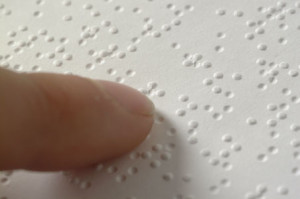
Louis Braille (1809-1852), a French teacher and musician who became blind in a childhood accident, invented the code that takes his name in 1824.
It consists of sequences of raised paper dots which correspond to letters of the Roman alphabet.
They are printed in rectangular blocks representing words.
It was a development of a similar system, night writing or sonography, which preceded Braille.
A complete system was published in 1829 and a revision which includes musical notation in 1837.
There are a number of Braille alphabets in use.
In English, there are three degrees of coding. In the first, the figurations correspond to a letter.
In the second there are abbreviations and contractions.
The third degree is shorthand.
